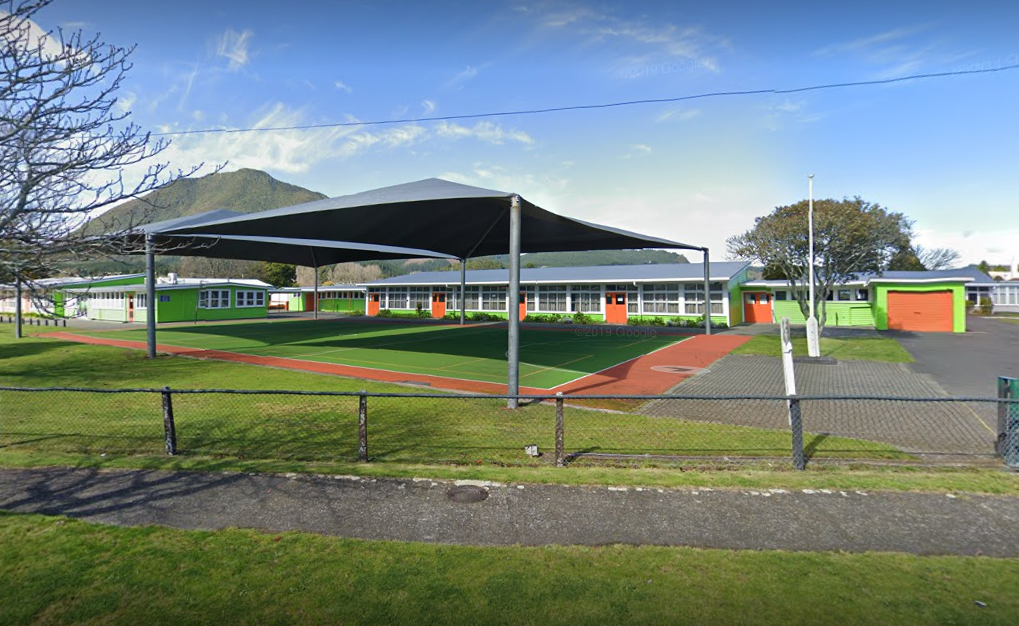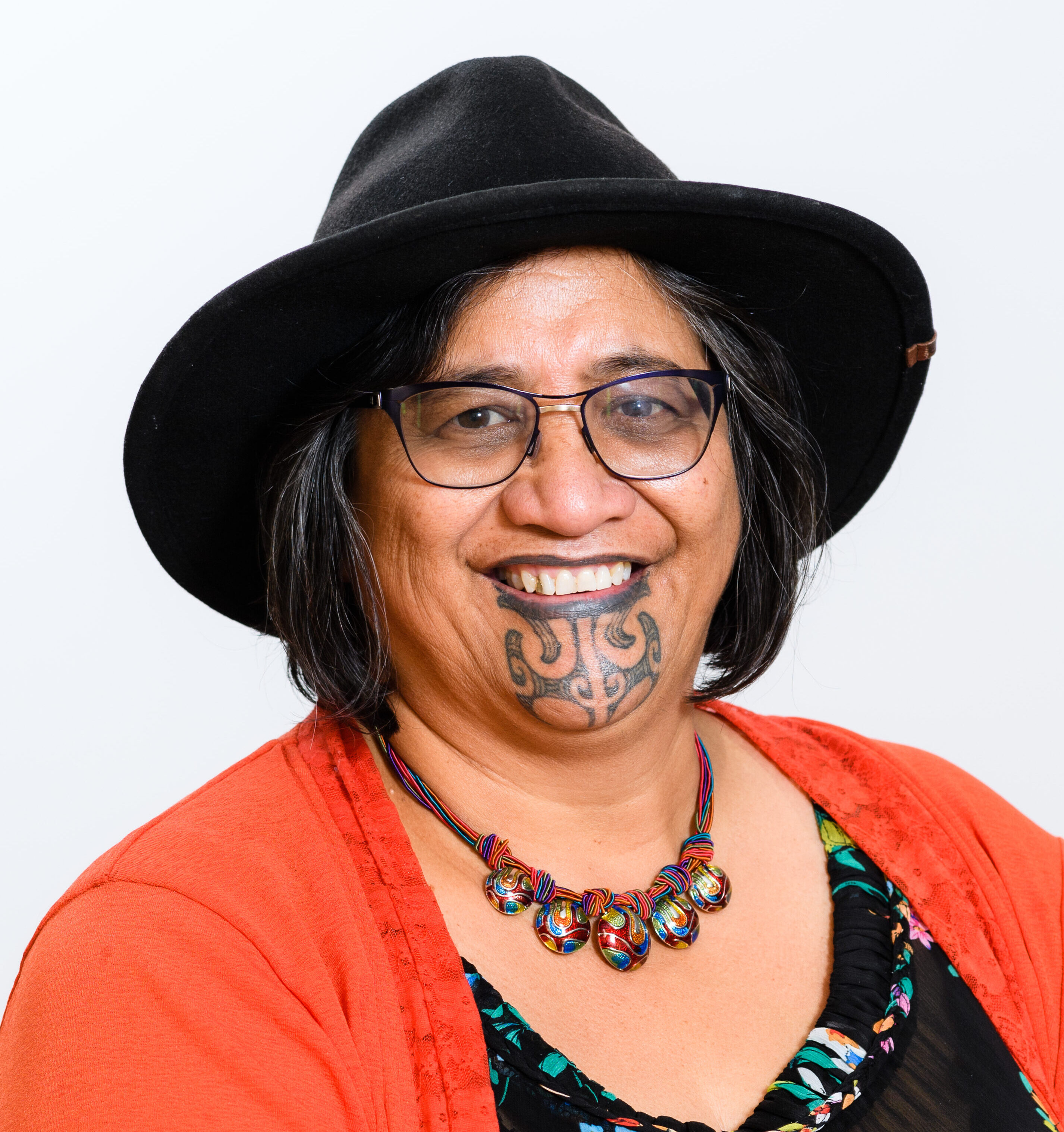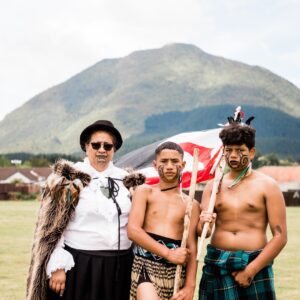Lockdown Levels 4 and 3 have been useful learning times, not only for the tamariki of Te Whata Tau o Putauaki in Kawerau, but also for staff. “What we learnt was that there’s a huge difference between online learning and online engagement,” said tumuaki Ripeka Lessels.
“After our last conversation, the staff – while they had some amazing engagement with children online – noticed that online learning could be either active or passive. We didn’t want it to be passive: the teacher tells you what to do, you hook into your Google classroom and go away and work at it. While that’s great for those further up the scale, we needed to be able to flip that and turn it into a more interactive space.”
Lessels gives an example: “Helping me write a story, [they] get to use [their] imagination – but imagine if they could write their own, and we were there to help them do it! They could find the motivation and engage.”
Lessels and her staff had a two-day wānanga about how to get better engagement from all the children, including the younger ones and those with several siblings, who might not have a device each.
“So leading up to Anzac Day, we flipped the teaching. The children had to do a whole lot of interactive stuff around Anzac that they could contribute to their class. They had a brief, then they had to go with their parents and look at what they could create,” she explains.
“Oh my gosh, they came up with some amazing stuff! And then they showed that ‘live’ on Facebook. It was really funny, a bit unpredictable, and we learnt a few more things about how to help children manage their devices remotely.”
One teacher led her class through the process of making Anzac biscuits, from her home kitchen to the children in their home kitchens with their parents – all on-screen together. Then the next week, during Level 3, she was able to teach them how to make peanut brownies from the school kitchen.
From this exercise came the next question: what might you create with your family? “All the kids did different things with their parents,” says Lessels. “One made bacon, eggs and hash browns, and videoed himself making them for his family. Another family did a hangi for a birthday and videoed the whole process. The two children – seven and ten year old boys – took us through what they were doing and how they did it.”
The students were required to present their process, explains Lessels. “What they needed, what were the safety aspects of what they were doing, identifying everything they needed, putting it together and it culminated in this hangi. There were a whole host of things that children did.”
The staff decided that instead of grouping the tamariki by age group with their peers, they would group them vertically, so each group would have children of all ages, and family groups could learn together – tuakana-teina.
What was also different, but not so unusual for kura perhaps, was that the staff decided that instead of grouping the tamariki by age group with their peers, they would group them vertically, so each group would have children of all ages, and family groups could learn together – tuakana-teina.
“Then they ran all of their classes vertically! Which meant the teaching had to change. It was the way that they believed they would get better engagement, and they were right. It’s not a new thing, but the first time we’ve done this on an online portal.”
But the highlight for Lessels has been seeing whānau engaging so much in their children’s learning.
“I’ve never seen so many parents working with their children and the children engaging with their parents! We had one six-year-old, whose mother had to go to work, and his grandmother was at the house. She was outside the bubble until Level 3, so she didn’t know the technology. And then here’s this little six-year-old telling his grandmother she needed to quickly do this and do that, so he would be able to engage and do what he needed to do. The grandmother was tired afterward!”

Lessels says staff were reviewing their teaching to maintain high levels of engagement. “It’s like a moving feast – it’s working now, but we don’t know if it will be working in a week. Staff might have to get together again and revise.”
And have all the children been able to access the devices and internet connections to engage in this learning? While the government has distributed some computers and helped with connections elsewhere, Te Whata Tau o Putauaki staff and board believed that process would be too slow, so they supplied them themselves.
“The board agreed to provide some assistance and the school has provided mobile wifi devices, and paid for the data and connectivity [for a couple of whanau]. We couldn’t wait for the government! And we’ll be assisting all of our families with their connectivity payments for this month that we’ve been online,” said Ripeka. Re-imbursement from the Government would be sought, if available.
Only one or two whānau have had a low level of engagement, she says. “There’s a couple we’ve had to chase, because they come in one day, missing the next day.”
Overall, though, it’s been going well. “We haven’t had too bad an uptake really in terms of our children getting online. They love it! We’ve had up to 85 percent of our children all online, it’s like bedlam – all online together, all playing Kahoot, the quiz game, together. It’s the only time when the teacher in charge un-mutes everybody, and everybody talks all at the same time!”
Break-out rooms are used for the various groups. Another game, Housie, has enabled learning maths, as children have to search for the correct answer. So far, the lockdown lessons – in te reo – have included story-telling, safety, cooking, maths, videoing, live-streaming and Anzac day, all with the involvement of parents and sometimes also grandparents.
Right now, in preparation for schools reopening on 18 May, staff have begun preparing the children this week for the return. They’re going over how to wash their hands, use sanitizer, and stay safe at the water-cooler and in the playground. A degree of physical distancing will be expected between children, and school assemblies will be held online, through internet access in each classroom.
“For these last couple of weeks, all of the children have learnt an aspect of utilising the digital devices to a new level, even the littlies.”
Lessels is impressed by the digital skills picked up by her students over lockdown. “For these last couple of weeks, all of the children have learnt an aspect of utilising the digital devices to a new level, even the littlies, with help from their parents, and their input into the different projects that they’ve had to do.”
These are skills that will be retained, though their use of them in future is hard for staff to currently imagine. While some of them will get into gaming, entertainment and social media platforms, there is no doubt that the skills will be useful for a range of tasks, and even careers.
“I think that this generation of children are a lot more au fait with how to use their devices than I am, even now,” said Lessels. For example, she is in awe of her 12-year-old mokopuna who can work or play on three devices or screens at once. “I couldn’t do the single task, but his hands are going on both sides and he’s strategizing what he’s going to do next!”



